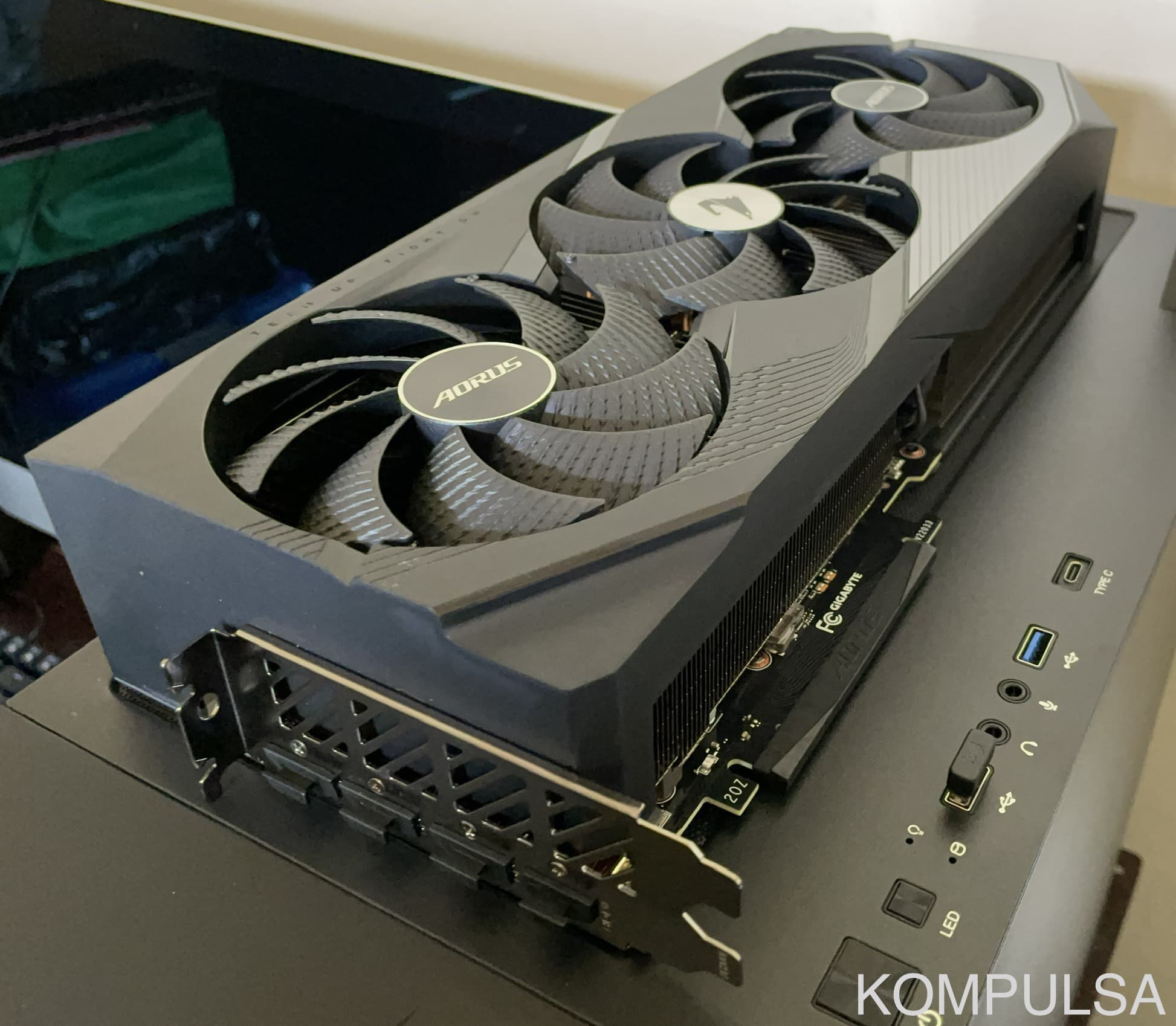A condenser is a device that facilitates the compression, condensation, and cooling of refrigerant. After absorbing heat from the evaporator in your air conditioner, it cools the refrigerant (the heat is ‘squeezed out’) afterwards so it can repeat the vapour compression recycle yet again.

Image credit: World Image via Bigstock.
The condenser is referred to as the ‘hot side’ or the ‘high side’ of your automotive air conditioning system. ‘High side’ refers to high pressure side. It is a higher pressure than the evaporator, and this is because the compressor continually forces refrigerant into it while the expansion valve restricts its outward flow.
It is in a closed refrigerant loop with the air conditioner’s compressor, expansion valve, filter drier, and evaporator. As the name implies, the condenser helps the compressor to condense refrigerant gas into a liquid. It does this by radiating heat from the refrigerant with the help of the attached fins and condenser fan.
If you’re wondering why the refrigerant gets hot in the condenser (even though it is supposed to cool it), is because compression increased the density of the refrigerant. The increased density (and compression) raises the temperature but it isn’t the overall quantity of heat that is increased. Temperature is determined by the quantity of heat per square cm.
Your condenser is a long tube extending from the expansion valve to the compressor outlet. The condenser coil is simply the coiled portion of that tubing. Mostly, your air conditioner is a extremely long tube with several parts attached to it!
Receiver/drier and sight glass excluded for simplicity. The blue parts are cold, and the red parts are hot. The arrows denote refrigerant flow.
Compressor Inlet <<< Tubing <<< Evaporator Core <<< Tubing <<< Expansion Valve <<< Condenser Coil <<< Tubing <<< Compressor Outlet.
Your air conditioner uses the evaporator to absorb the heat that makes you uncomfortable, then passes it to the condenser, which radiates it outside. An air conditioner is a heat transfer device. This is why the outdoor portion of it blows hot air. All the coils mentioned are heat exchangers and therefore need to be kept clean so as to maximize airflow and performance.




